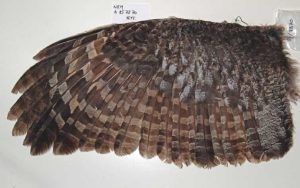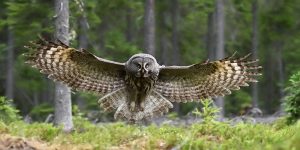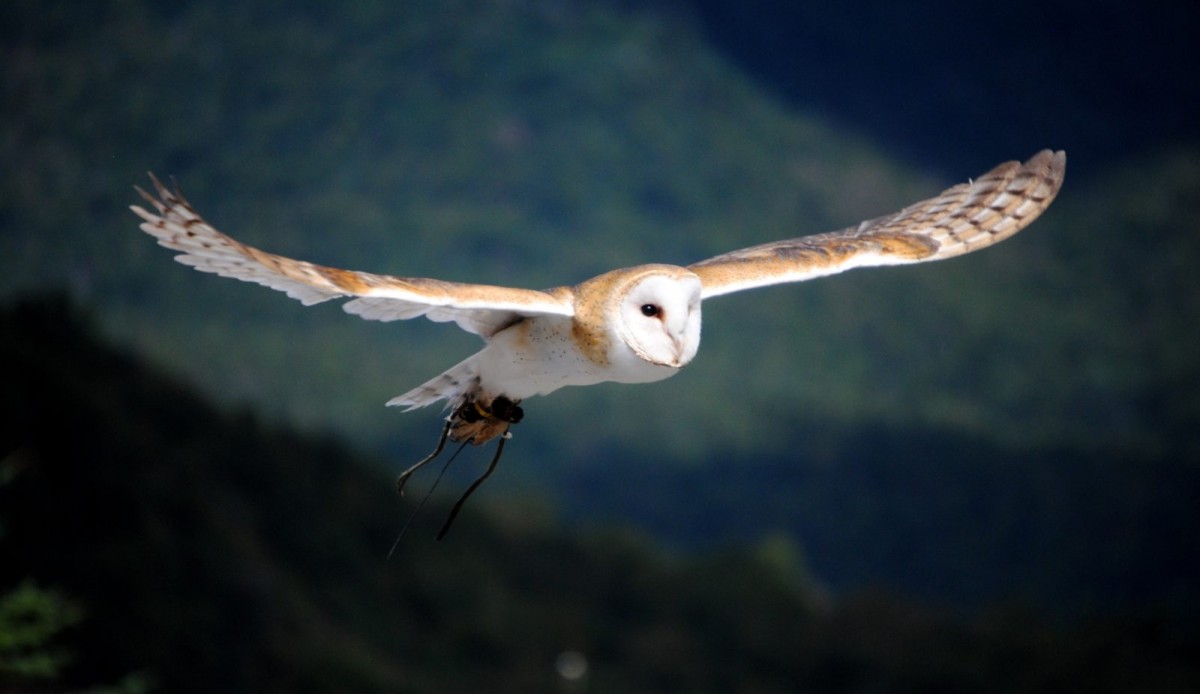No one knows exactly how the nocturnal hunters manage their whisper-soft flight, yet it’s inspiring the design of quieter airplanes, fans and wind turbines.
Every owl fancier has a story of the first time they heard an owl — or, rather, didn’t hear one. It’s unforgettable to see an enormous bird, whose wingspan can reach more than six feet, slipping through the air without even a whisper.

Go gentle
Jaworski, an engineer at Lehigh University in Pennsylvania, is hardly the first scientist to be captivated by the puzzle of silent owl flight. In 1934, Robert Rule Graham — a British pilot and bird connoisseur — called attention to three structures on owl wings that might account for the owls’ silence.
More than 80 years later, his “three traits paradigm,” as Christopher Clark calls it, is still cited in many papers on owl wings. “He clearly knew birds very well, and he was an aeronautical engineer,” says Clark, an ornithologist at the University of California, Riverside. “Science was different in the 1930s. In our age of specialization, you don’t get that combination.”
First, Graham pointed out an unusual structure called the “comb,” which literally looks like a comb projecting forward from the wing’s leading edge. Second, he noted that most of the owl wing is covered with a soft layer of velvety feathers. Finally, he observed that the feathers on the trailing edge of the wing form a ragged fringe.

Most researchers still agree that the comb, the velvet and the fringe combine in some way to reduce noise, but the owl may have more tricks up its sleeve. “When all is said and done, I think we’ll have a number of mechanisms, including Graham’s,” says Clark.
To explain how an owl suppresses noise, it would help to identify where the noise comes from in the first place. For an airplane coming in for a landing, a large part of the noise comes not from the engines but from the flow of air around the plane, especially the sound produced at the trailing edge of the wings. The turbulent air rushing past the exposed edges of the wings translates to the dull roar you hear as the plane flies overhead.
Feathery enigma
Though owl wings are providing new insights into noise reduction for aeronautical engineering, engineers have had less success describing the physics of owl flight. According to ornithologist Clark, the engineers may not even have identified the most important source of noise in owl aviation.











